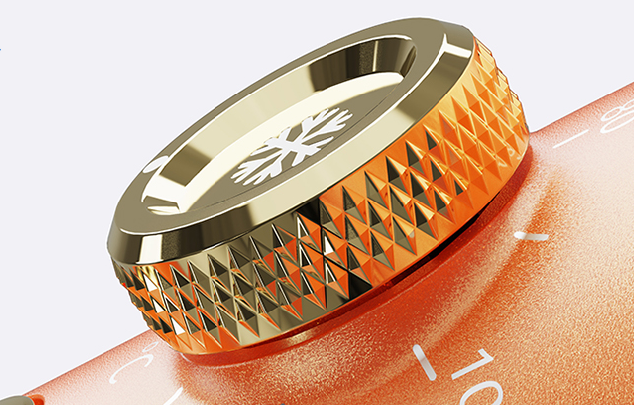
Leave your message and you’ll get:
● 24*7 online service support ● Articles in the hair dryer industry ● Sometimes maybe Discount

● 24*7 online service support ● Articles in the hair dryer industry ● Sometimes maybe Discount
Time:2023-10-21 Views:1

1. Shell. It plays a protective role on internal components and is also an external decorative component.
2. Electric motor and fan blades. The motor is installed inside the casing, and the fan blades are installed on the shaft end of the motor. When the motor rotates, air is drawn in from the air inlet and blown out from the air outlet.
3. Electric heating element. The electric heating element of the hair dryer is wound with an electric heating wire and installed at the air outlet of the hair dryer. The air discharged by the motor is heated by the electric heating wire at the air outlet, which becomes hot air and is sent out.
Some hair dryers are equipped with a thermostat near the electric heating element, which cuts off the circuit when the temperature exceeds the predetermined temperature, providing protection.
4. Wind deflector. Some hair dryers have circular windshields at the air inlet to regulate the air intake. A hair dryer without a circular wind deflector can also adjust the air intake by covering a portion of the air intake with a piece of paper. When the air intake is low, the air blown out is relatively hot, while when the air intake is high, the air blown out is not too hot. Please note that the air outlet should not be blocked too much, otherwise it may damage the motor or burn out the electric heating element due to excessive temperature.
5. Switch. The hair dryer switch generally has three positions: "hot air", "cold air", and "stop". It is commonly used to indicate "stop" in white, "hot air" in red, and "cold air" in blue.
Some hair dryers have electric heating elements composed of two or three sections of electric heating wires, which are used to adjust the temperature and controlled by a selector switch.
With the reform and gradual improvement of the performance of hair dryers, most of the heating components of hair dryers both domestically and internationally are connected in series with a set of constant temperature automatic electronic control components. It can automatically connect the circuit under normal working conditions of the air duct, and automatically cut off the circuit when encountering special situations such as overheating of the heating components. In terms of the selection of materials for the outer shell of the air duct, the metal (such as copper or cold-rolled iron sheet) material has also been changed to thermoplastic engineering materials (mainly polycarbonate, modified polystyrene, modified polypropylene, etc.).